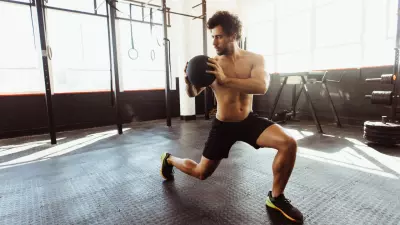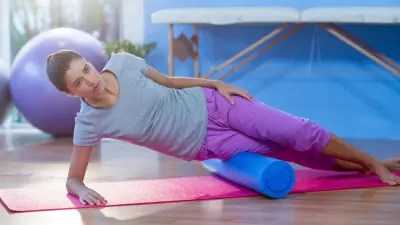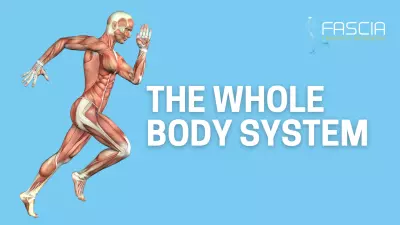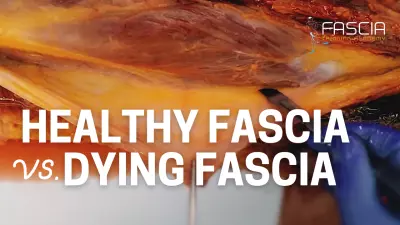
FREE WEBINAR: What is Fascial Fitness?
Thursday, February 11 2pm – 3pm ET / 8pm – 9pm CET Join us for a FREE webinar for more insight into the Fascial Fitness training philosophy and what to expect from the Fascial Fitness Trainer Course. REGISTER Presented by: Fascial Fitness Co-Founder, Divo G. Müller and fascia research expert, Robert Schleip








